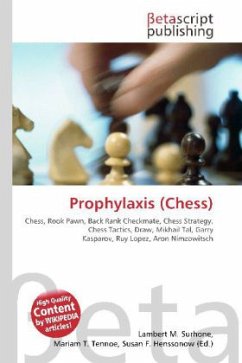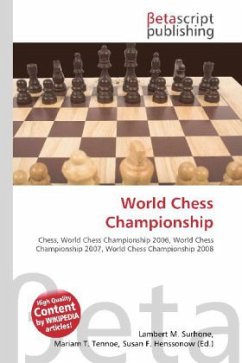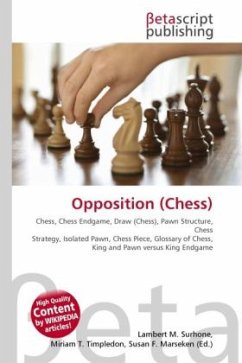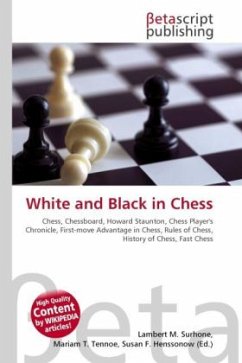High Quality Content by WIKIPEDIA articles! When annotating chess games, commentators frequently use question marks and exclamation points to denote a move as bad or good. Use of these annotation symbols is always somewhat subjective, as different annotators use the same symbols differently. Moreover, an annotator's use of symbols is often influenced by the player's strength: a positional misjudgment that an annotator might give a "??" if played by a strong grandmaster might pass unremarked if played by a beginner. Annotators' use of punctuation also tends to be influenced by the result of the game; in the 11th game of the 1972 World Championship Spassky played a very surprising move, 14.Nb1, retreating the knight to its initial square. Spassky won the game, and the annotators invariably gave the move two exclamation points. Edmar Mednis observes that if Spassky had lost the game, the move would likely have been given two question marks instead.
Bitte wählen Sie Ihr Anliegen aus.
Rechnungen
Retourenschein anfordern
Bestellstatus
Storno








